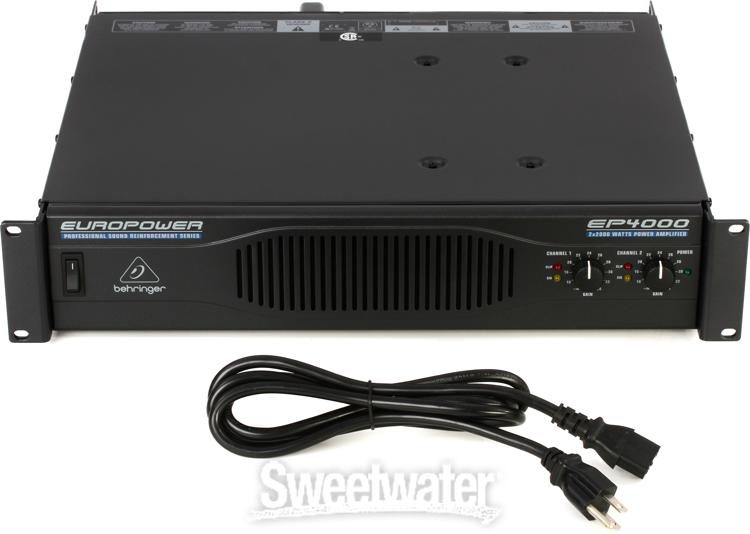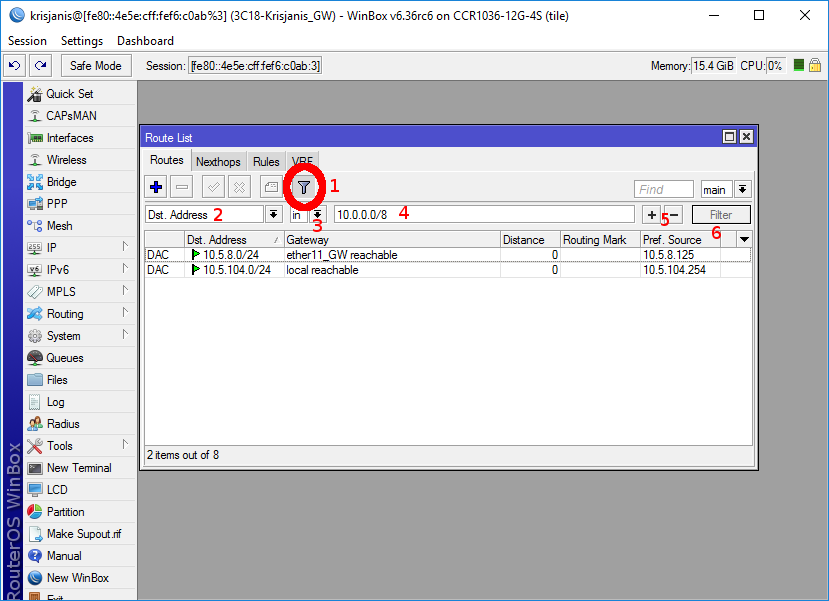- How To Write A Product Manual
- How To Write A Technical Manual
- How To Write User Guide
- Software For User Manual Writing
- How To Write User Documentation
- How To Write Instruction Manual
| Operating systems |
|---|
| Common features |
Software User Guide. For the safe use of your camera, be sure to read the “Safety Precautions” thoroughly before use. Types of software installed on your computer varies depending on the method of installation from the Caplio Software CD-ROM. For details, see the “Camera User Guide”.
How To Write A Product Manual
- Using This User Guide TickWrite is a powerful data management tool that allows Tick Data clients to create data files custom-tailored to their needs. The program has many settings that can greatly alter its output, so this User Guide was developed to explain exactly how the myriad parameters available in TickWrite 7 affect the.
- Overview of software This disk is to provide the readers with sample software to supplement the discussions in the book. The platform is an IBM-compatible Personal Computer (PC), which at the time of this writing, is the most widely available.
- GE 211 – Computer Programming in “C”, King Saud University 2 Objective: Learn how to make a simple C program using Microsoft Visual.

A user is a person who utilizes a computer or networkservice. Users of computer systems and software products generally lack the technical expertise required to fully understand how they work.[1]Power users use advanced features of programs, though they are not necessarily capable of computer programming and system administration.[2][3]
A user often has a user account and is identified to the system by a username (or user name). Other terms for username include login name, screenname (or screen name), account name, nickname (or nick) and handle, which is derived from the identical Citizen's Band radio term.
Some software products provide services to other systems and have no direct end users.
- 2User account
How To Write A Technical Manual
End user[edit]
End users are the ultimate human users (also referred to as operators) of a software product. The term is used to abstract and distinguish those who only use the software from the developers of the system, who enhance the software for end users.[4] In user-centered design, it also distinguishes the software operator from the client who pays for its development and other stakeholders who may not directly use the software, but help establish its requirements.[5][6] This abstraction is primarily useful in designing the user interface, and refers to a relevant subset of characteristics that most expected users would have in common.
How To Write User Guide
In user-centered design, personas are created to represent the types of users. It is sometimes specified for each persona which types of user interfaces it is comfortable with (due to previous experience or the interface's inherent simplicity), and what technical expertise and degree of knowledge it has in specific fields or disciplines. When few constraints are imposed on the end-user category, especially when designing programs for use by the general public, it is common practice to expect minimal technical expertise or previous training in end users.[7]
The end-user development discipline blurs the typical distinction between users and developers. It designates activities or techniques in which people who are not professional developers create automated behavior and complex data objects without significant knowledge of a programming language.
Software For User Manual Writing
Systems whose actor is another system or a software agent have no direct end users.
User account[edit]
A user's account allows a user to authenticate to a system and potentially to receive authorization to access resources provided by or connected to that system; however, authentication does not imply authorization. To log into an account, a user is typically required to authenticate oneself with a password or other credentials for the purposes of accounting, security, logging, and resource management.
Once the user has logged on, the operating system will often use an identifier such as an integer to refer to them, rather than their username, through a process known as identity correlation. In Unix systems, the username is correlated with a user identifier or user id.
Computer systems operate in one of two types based on what kind of users they have:
- Single-user systems do not have a concept of several user accounts.
- Multi-user systems have such a concept, and require users to identify themselves before using the system.
Each user account on a multi-user system typically has a home directory, in which to store files pertaining exclusively to that user's activities, which is protected from access by other users (though a system administrator may have access). User accounts often contain a public user profile, which contains basic information provided by the account's owner. The files stored in the home directory (and all other directories in the system) have file system permissions which are inspected by the operating system to determine which users are granted access to read or execute a file, or to store a new file in that directory.
While systems expect most user accounts to be used by only a single person, many systems have a special account intended to allow anyone to use the system, such as the username 'anonymous' for anonymous FTP and the username 'guest' for a guest account.
EUROPOWER 2x1200 WATTS POWER AMPLIFIER 2x700 WATTS POWER AMPLIFIER EP1500/EP2500 User Manual A50-6. EUROPOWER EP1500/EP2500 Important safety instructions 1) Read these instructions. 2) Keep these instructions. 3) Heed all warnings. 4) Follow all instructions. 5) Do not use this apparatus near water. View and Download Behringer EUROPOWER EP2500 user manual online. Behringer EUROPOWER EP2500: User Guide. Professional 2000-watt and 4000-watt stereo power amplifier with atr technology (16 pages). From the developers to the many other employees at this company, and to you, the BEHRINGER user. Page 5: Table Of Contents European Contact. 
Username format[edit]

Various computer operating-systems and applications expect/enforce different rules for the format.
In Microsoft Windows environments, for example, note the potential use of:[8]
- User Principal Name (UPN) format – for example: UserName@Example.com
- Down-Level Logon Name format – for example: DOMAINUserName
Terminology[edit]
Some usability professionals have expressed their dislike of the term 'user' and have proposed changing it.[9]Don Norman stated that 'One of the horrible words we use is 'users'. I am on a crusade to get rid of the word 'users'. I would prefer to call them 'people'.'[10]
Samsung gear 2 classic user manual. On the Apps screen of the smartphone, tap Samsung Gear Settings Send SOS messages, and then tap the switch to activate it. Some smartphones do not support this feature.Samsung Gear S3 Pay any time. To send help messages with audio recordings, tap the Attach audio recording switch to activate it. Follow the prompts to add primary contacts.
See also[edit]
- End-user computing, systems in which non-programmers can create working applications.
- End-user database, a collection of data developed by individual end-users.
- End-user development, a technique that allows people who are not professional developers to perform programming tasks, i.e. to create or modify software.
- End-user license agreement (EULA), a contract between a supplier of software and its purchaser, granting the right to use it.
References[edit]
- ^Jargon File entry for 'User'. Retrieved November 7, 2010.
- ^'Power Users' Guide'. sap.com. Retrieved 2015-01-14.
- ^'Windows Confidential: Power to the Power User'. microsoft.com. 2012. Retrieved 2015-01-14.
- ^'The State of the Art in End-User Software Engineering'(PDF). media.mit.edu. 2011-10-12. Retrieved 2015-01-11.
- ^'Understanding Organizational Stakeholders for Design Success'. 2004-05-06. Retrieved 2016-08-31.
- ^Rigsbee, Sarah, and William B. Fitzpatrick. 'User-Centered Design: A Case Study on Its Application to the Tactical Tomahawk Weapons Control System.'Johns Hopkins APL Technical Digest 31.1 (2012): 76–82.
- ^'What is end user?'. Retrieved November 7, 2010.
- ^'User Name Formats'. MSDN. Developer technologies. Microsoft. Retrieved 2016-01-11.
The down-level logon name format is used to specify a domain and a user account in that domain [..].
- ^Don Norman. 'Words Matter. Talk About People: Not Customers, Not Consumers, Not Users'.
- ^'Don Norman at UX Week 2008 © Adaptive Path'. Retrieved 8 November 2010.
How To Write User Documentation
This article is based on material taken from the Free On-line Dictionary of Computing prior to 1 November 2008 and incorporated under the 'relicensing' terms of the GFDL, version 1.3 or later.